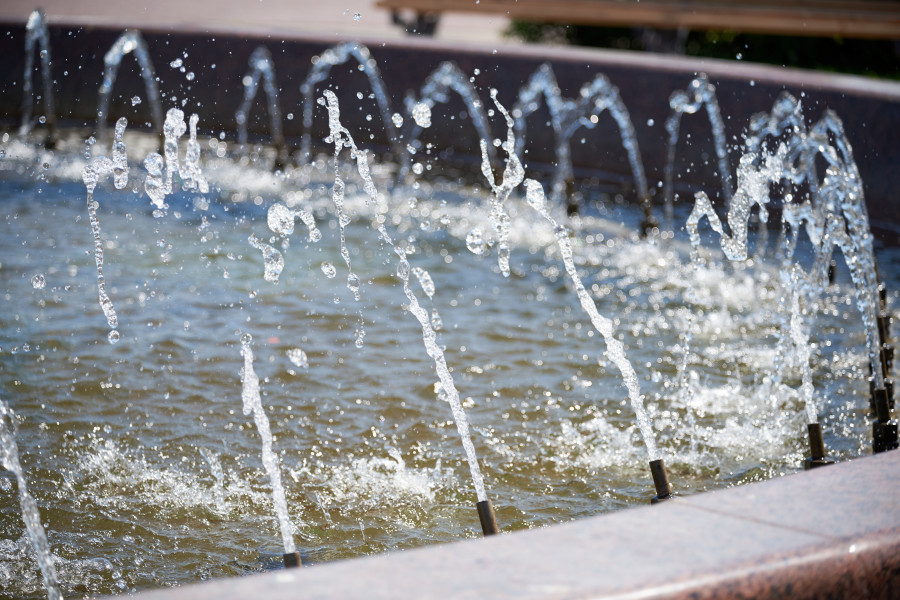“Blue Spaces for Recoleta”, is the name of the research carried out by Dr. Lucio Cañete Arratia (project director), from the Faculty of Technology; Enrique San Juan Urrutia, Victor Herrera Gonzalez, both from the Faculty of Engineering; and Rodrigo Vidal Rojas, current rector and professor of the Faculty of Architecture and Built Environment. In this initiative, the academics of the Campus configured alternatives of free access water bodies (pools, fountains, tanks, etc.) present in the district of Recoleta.
The study is part of the open calls for research carried out by the Universidad Abierta de Recoleta (UAR). During the initiative, the team developed a review of existing literature, a telematic citizen consultation, field visits, and interviews with neighbors at random, among other actions.
These actions enabled identifying, interrelating, and quantifying eight positive impacts on the community derived of implementing bodies of water bodies, highlighting ecosystem restoration, artistic creation, and territorial pertinence. The results also allowed for advance in the conceptual design of different types of water bodies according to size, shape and naturalness for public use under a community maintenance model, inspired by international experiences.
The head of the project, Dr. Lucio Cañete, explains that green areas are squares and parks, but “the Blue Spaces (analogy with the color of the sky) not only contain grass, trees, bushes, among other vegetation, but also contain conspicuous bodies of water, this does not mean that they cannot complement each other,” he says.
In the professor’s opinion, the initiative can be replicated in districts with Mediterranean climate or that lack public recreational areas. “It is an inspiration to be replicated with the pertinent geographical and cultural adaptations to each territory,” he says.
In the near future, Dr. Cañete concludes, it is hoped that as Arica and Viña del Mar, known as the “eternal spring” and “garden” cities, respectively, Recoleta can be, without referring to any team, “The blue district.”
Interdisciplinary work
As a complex research, the study required a multidisciplinary team. The factors of the energetic, territorial, and urbanistic areas were covered by the group of academics of the Campus. However, there was an invisible underlying sociological factor in the first stages of the project. These variables were supplied by the UAR team, who brought problems to light that arose during and after the pandemic, for example. “The work was quite enriching,” says Professor Cañete.
Cristóbal Feller Vergara, Director of Research at the Universidad Abierta, points out that the group of academics “did a serious job, producing a solid final report”, which “offers a concrete proposal to benefit the quality of life of the neighbors in multiple dimensions: recreation, outdoor life, and mental health, urban renewal and care of the environment, among others,” he explains.
Although there are no specific dates, the sociologist indicates that “opportunity for dissemination and socialization will be generated with the results of the project, focused on the municipal units linked to urban planning and the environment of Recoleta and other districts. We are also working on the edition of a digital book derived from this project.”


